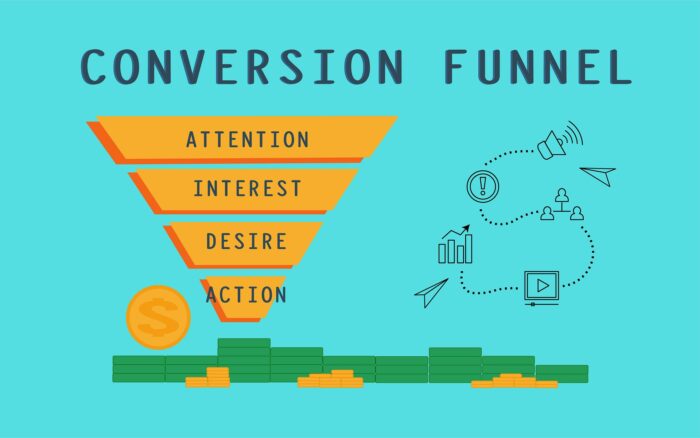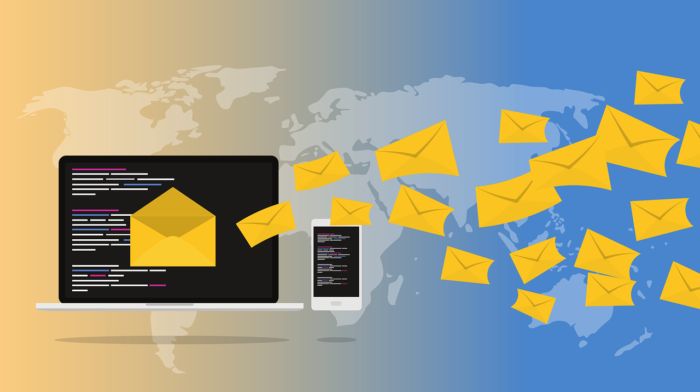Having blog posts and videos is all well and good, but the highest goal of any content should be converting to sales. While not all your sights should be on sales enablement content, your sales can benefit from some A-grade media outreach. This article will look into some pivotal content-based lead-generation tips for online businesses.
Grading Content Performance & Using the Right Tools
Let’s start at the beginning: a content audit. What types of content do you put out and what value do they (or can they) add to sales? Look through the highest-performing content you have, whether it’s newsletters, videos, or blog posts.
To properly grade effective content you need the right tools. However, content performance tools come in all shapes and sizes, so it’s important to properly attune them to your content types and to the purposes you aim for. Google Analytics can tell you a lot about your page performance and Buffer can grade your social media stats.
Analytics tools like SEMrush or Ahrefs can help identify keywords and what intent they target. We’ve previously written a whole article about search intent but what’s most important to take into account is that commercial and transactional keywords will be more likely to lead to sales. Informational and navigational keywords can also be useful but are more geared towards creating awareness.
Research what tool is right for your content, goals, and the metrics you need to achieve it.
After listing all of your content goals, the next step is to evaluate how much of it lends itself to sales generation. Does it advance your aims down the B2C or B2B sales funnel? If so, what stages does it target most effectively?
Sales Funnel Planning for Content-based Lead Generation

The sales funnel can be an easy yet powerful tool for mapping out the customer journey. Different stages of the funnel require different types of information. The stages of the funnel are as follows:
- Awareness: Early stage where the consumer is being given basic information about products or brands. This weeds out any uninterested parties or generates interest in parties that may not even know they need the product, depending on the company’s needs and positioning.
- Interest & Evaluation: The customer is made aware of features and the product is differentiated from the competition. The focus at this stage should be on establishing the necessity of “curing” the pain points the product fixes. This can also require competitive marketing activities like creating content that rivals SERP positions of rival products.
- Desire: The act of putting the final steps of enticement for the customer. To enhance desire, perhaps content can focus on deals, discounts, limited offers etc.
- Action: This stage should make it as easy to access the product as possible. Content should aim for direct access to payment and sales areas. This is only for customers who are ready to buy.
Try analyzing the sales funnel. One of the interesting ways to target further down the sales funnel is to focus on advertised content that leads to sales portals. While the early stages of the funnel are about branding and product information and differentiating features, later stages need to present deals, options, and places to buy.
Channel Strategies for Content-Based Lead Generation
One of the main sales funnel challenges is matching the right channels to the stage you want to target. While the type of content and channels depends most heavily on your product, there are some tried-and-true rules of thumb worth considering that can act as good content planning tips.
Strategies for those at earlier stages of the sales funnel (like the awareness stage or interest) include:
- Informational: Brochures, introductory YouTube videos, guides, research etc. This helps attract customers who just became aware of the product and simply want more info.
- Penetration Strategies: These can include discounts for early buyers or incentives for them to invite more people to use your products. Content can contain links to free trials or early-bird discounts.
- Competitor differentiation strategies: Find the keywords with lower difficulty that competitors aren’t using and target them. This will allow you to find the unexplored niches of consumers with your content and cater to them. Such strategies can be applied to eCommerce, content SEO, and PPC advertising.
Later stages can benefit more from content that is heavier on the messaging or differentiation side.
- Branding & Positioning content: When you need to set yourself apart or build deeper connections with the consumer. Podcasts, events, contests, specs and performance comparisons etc.
- Competitor Targeting: The opposite of the Competitor differentiation strategies. Target your competitor’s keywords and product descriptions and try to position yourself as a direct alternative. Certain electronics companies can offer better value. Strategies like this are best for more established companies that can cut through the competition (although lesser-known firms can offer cheaper alternatives for certain goods).
Ideally, you need to apply many (or even all) of these strategies to produce an omnichannel lead generation process. Different customers will be at different stages of the funnel requiring a multi-faceted content strategy.
Reselling Measures

Getting customers is one thing, but building lasting return customers can require going above and beyond. Reselling and retargeting help immensely in terms of using the existing customer base to generate new sales. You can keep track of existing customers especially well by having them create an account on your website for future offerings.
- Emails with new offers or discounts.
- Reminders for new or related products.
- Invite existing customers to the launch events for new products.
- Create social media campaigns that leverage the existing customer base to become brand ambassadors. For example, create competitions to win discounts or free samples.
Cross-Promotion Techniques For Lead Generation
Content syndication for lead generation is a good way of utilizing 3rd party sources to generate leads. While creating new content is always great, sometimes you can work smart and reuse the same content. You can publish work for other websites and your own blog allowing you to piggyback off of their following. This can allow you to tap into leads from a different website’s audience and generate interest in your product.
We’ve already gone into the benefits of influencer marketing. Influencers can be a great source of content-based lead generation, allowing you to cross-pollinate audiences and engage in content-based lead generation. Think of the symbiotic relationship between tech companies and tech bloggers or YouTubers. You can give them free samples to review, advertise on their platforms, or have them attach a promo code to their content.
Another great type of cross-promoted sales content is publishing product info or case studies on 3rd party blogs. Find a blog that your potential target group visits and get them to publish a case study or article. This can also include advertorials, demos, or guides that lead users to your sales portals.
While there are many more ways to generate leads, we hope this article has provided some useful tips.
If you’re looking for help generating leads, we also provide services geared towards other businesses. Check out our services page to learn more.


